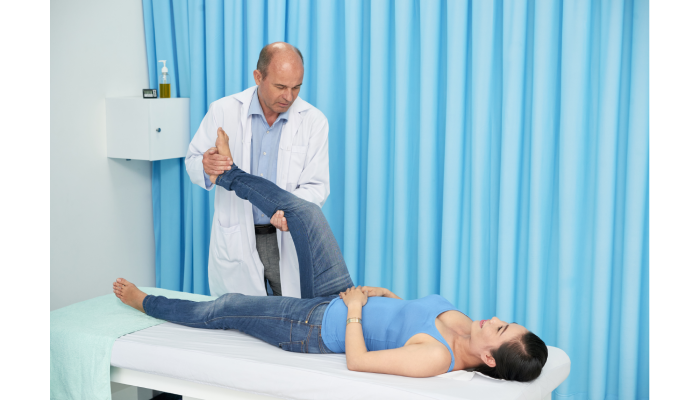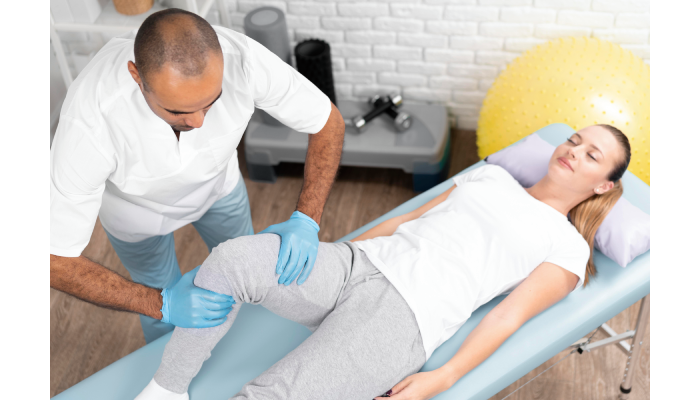
What to Expect After Hip Replacement Surgery: A Comprehensive Guide to Hip Replacement Recovery?
Undergoing hip replacement surgery is a significant step toward improving mobility, reducing chronic pain, and enhancing quality of life. However, understanding what to expect during the hip replacement recovery process can help you prepare mentally and physically, ensuring a smoother transition to daily activities. This guide provides a detailed overview of the stages of recovery, common challenges, tips for managing pain, and how to regain strength and independence.
The First Few Days After Surgery
Immediately after surgery, you will likely spend one to three days in the hospital under observation. The medical team will monitor vital signs, wound healing, and pain levels. During this period, you can expect:
Pain Management
Pain is common after surgery, but it is manageable with medications. Your healthcare provider will prescribe pain relievers such as opioids for short-term use and anti-inflammatory drugs to reduce swelling. It’s important to follow instructions carefully and communicate openly about your pain levels.
Mobility and Early Movement
Physical therapists will begin assisting you in moving your new hip within 24 hours of surgery. Walking with a walker or crutches may be encouraged to prevent stiffness and blood clots. Early movement helps improve circulation and starts rebuilding muscle strength.
Wound Care
The surgical incision site will be dressed, and instructions will be provided on how to keep it clean and dry. Watch for signs of infection like redness, excessive swelling, or discharge, and report them to your healthcare provider immediately.

The First Few Weeks: Adjusting to Life Post-Surgery
Once you are discharged, hip replacement recovery transitions to home care and outpatient support. This phase focuses on rebuilding mobility and adapting to everyday tasks.
Managing Pain and Swelling
Pain will gradually decrease, but some soreness and stiffness are normal for several weeks. Swelling can be managed by elevating the leg, applying ice packs, and performing prescribed exercises.
Physical Therapy
A structured rehabilitation program is critical. Physical therapy sessions focus on exercises that improve range of motion, strengthen muscles, and retrain your gait. Consistency and patience are key—progress may be gradual, and overexertion can delay healing.
Assistive Devices
You may continue using walkers or crutches for stability. Follow your therapist’s advice regarding how much weight you can safely bear on the affected leg. Gradually transitioning to a cane and eventually walking unaided is the goal.
Daily Activities
Simple tasks like dressing, bathing, and cooking may require adjustments. Installing grab bars, using elevated toilet seats, and reorganizing furniture can enhance safety and convenience.
Common Challenges During Hip Replacement Recovery
While many people recover smoothly, some face temporary setbacks. Awareness of these challenges can help you stay prepared.
Pain Flare-ups
Pain may intensify after physical therapy sessions. It’s important to differentiate between expected discomfort and pain that signals complications. Regular check-ins with your healthcare team can help address concerns.
Muscle Weakness
After surgery, muscles around the hip may feel weak. Targeted exercises prescribed by your therapist will help restore strength. Avoid skipping exercises as they play a vital role in rebuilding functional ability.
Balance Issues
You may feel off-balance as your body adjusts to a new joint. Take small steps, use assistive devices, and perform exercises that enhance coordination.
Fatigue
Your body is healing, and sleep patterns may be disrupted. Allow yourself adequate rest but avoid prolonged inactivity, as movement aids recovery.
Tips for a Successful Hip Replacement Recovery
Follow Medical Instructions
Adhering to prescribed medications, attending therapy sessions, and monitoring wound care are essential to avoid complications.
Nutrition and Hydration
A balanced diet rich in protein, vitamins, and minerals supports tissue repair. Staying hydrated helps reduce swelling and promotes circulation.
Avoid High-Impact Activities
Running, jumping, or twisting motions can stress the new joint. Engage in low-impact activities like swimming, walking, or cycling as recommended by your doctor.
Watch for Warning Signs
Seek medical attention if you experience:
- Severe or worsening pain
- Redness, warmth, or drainage at the incision site
- Fever or chills
- Shortness of breath or chest pain (signs of a blood clot)
Emotional and Psychological Aspects of Recovery
Recovering from surgery isn’t just a physical process—it also impacts mental health. Many people feel frustrated by limitations or anxious about long-term outcomes.
Managing Expectations
Healing takes time. Celebrate small milestones like standing longer or walking further. Tracking progress can provide motivation during slower phases.
Seeking Support
Support from family, friends, and therapy groups can offer encouragement and reduce feelings of isolation.
Coping Strategies
Mindfulness, relaxation techniques, and counseling can help manage anxiety, stress, and discomfort during recovery.
Long-Term Outlook: Returning to Everyday Life
For most people, hip replacement recovery leads to dramatic improvements in mobility and pain relief. However, long-term success depends on continued care and activity management.
Building Strength and Endurance
Continue engaging in rehabilitation exercises and recreational activities that don’t strain the hip joint. Regular walking, stretching, and swimming are excellent options.
Preventing Future Injury
Maintaining a healthy weight, using proper posture, and avoiding risky movements helps prolong the lifespan of the new joint.
Follow-up Care
Regular check-ups allow your healthcare team to monitor progress and identify issues before they become serious. Imaging tests may be used to ensure the implant remains in place.
Frequently Asked Questions About Hip Replacement Recovery
How long does recovery take?
Most patients regain basic mobility within 6 to 12 weeks, but full recovery and strength restoration can take 6 to 12 months depending on age, health status, and activity levels.
Will I need assistance at home?
Yes, especially in the first few weeks. Assistance with bathing, cooking, and dressing is common until you regain strength and confidence.
Can I return to work?
Light work may be possible within a few weeks, while more physically demanding jobs may require 3 to 6 months of recovery.
How long does the implant last?
Modern hip replacements often last 15 to 25 years or longer with proper care, though individual results may vary.
Final Thoughts
Hip replacement surgery is a transformative procedure that offers significant relief from pain and improved mobility. However, hip replacement recovery is a gradual process that requires patience, persistence, and attention to medical guidance. By understanding what to expect, recognizing common challenges, and staying engaged in your rehabilitation, you can achieve a successful outcome and regain the freedom to move with confidence.
Resource URL:
https://drrichardmeyer.com/orthopedic-conditions/hip-replacement/



